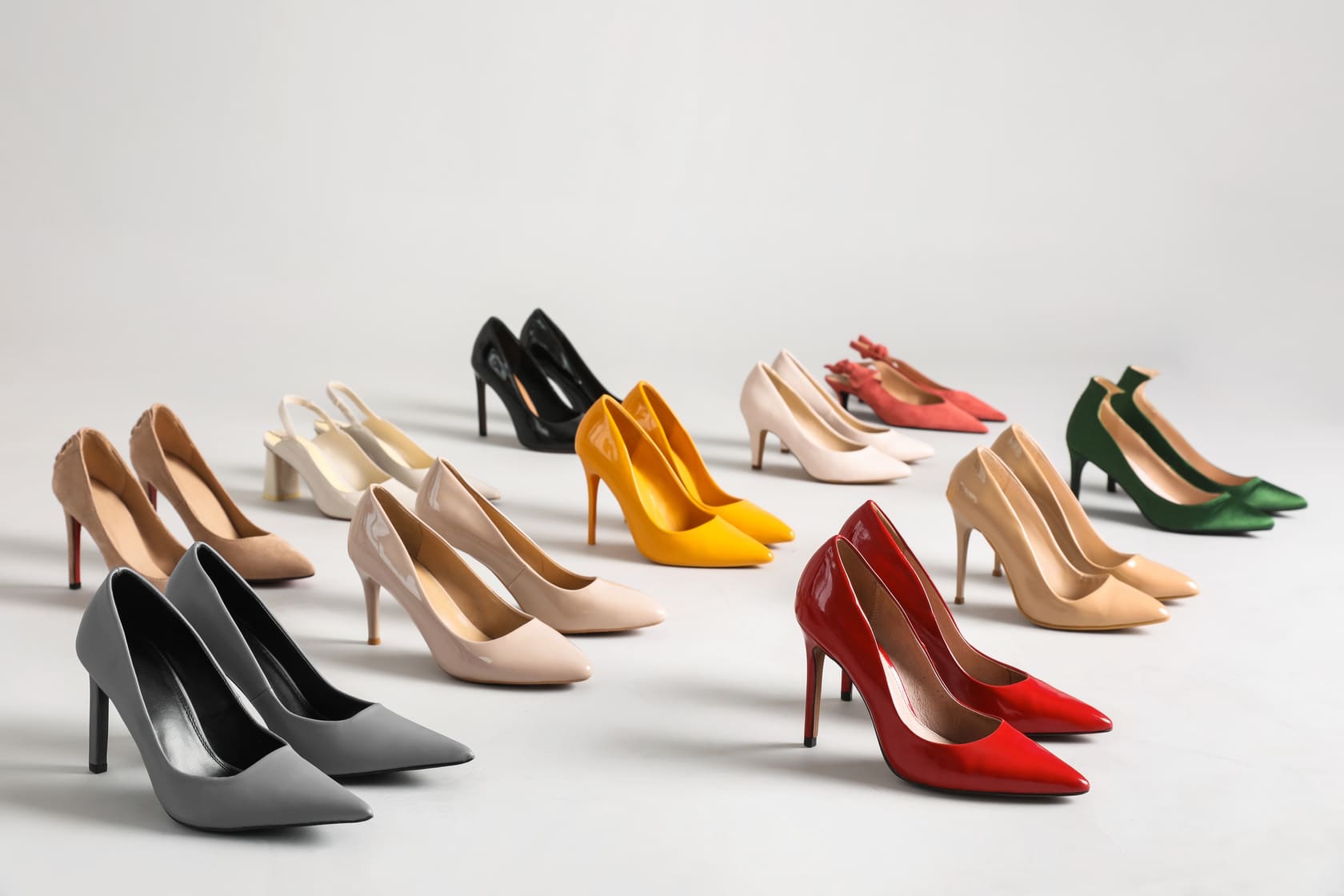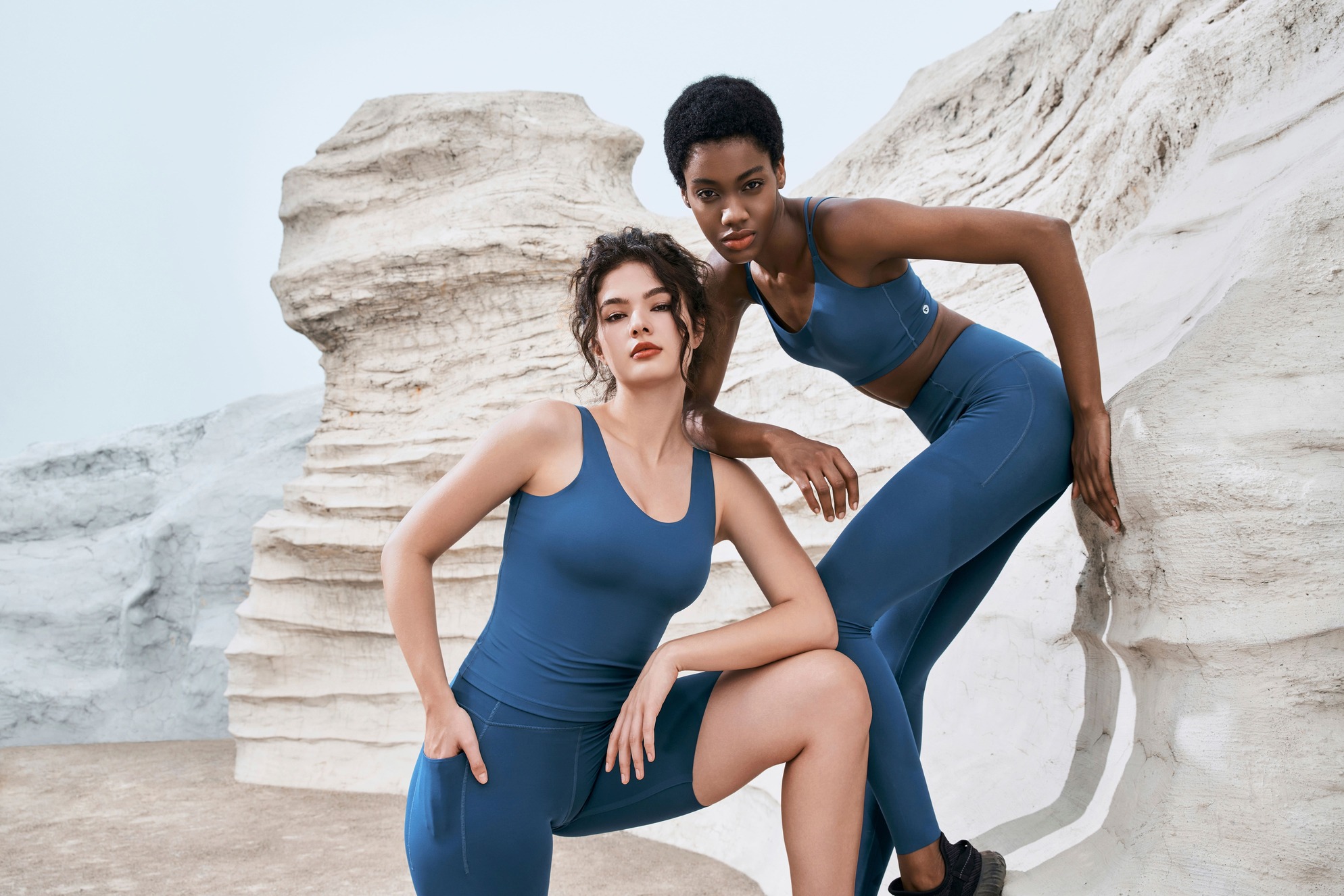Straight to the point
Returns are part of doing business in fashion e-commerce, but when they start piling up, they can quickly cut into your profits and customer satisfaction. High return rates increase logistics costs, but they can also reveal deeper issues with sizing, fit, quality, or even product presentation.
Understanding your return rate is the first step toward improving it. Once you know how often shoppers send items back and why, you can start taking action, whether that means fine-tuning your size charts, improving product photos, or using AI tools that help customers find their perfect fit before they buy.
In this article, we’ll explain return rates, how to calculate them, how fashion compares to other industries, and, most importantly, how you can reduce returns without hurting the customer experience.
Return Rates Explained
In simple terms, your return rate shows how many of the products you sell end up coming back. It’s an important key performance indicator that every online store owner should keep an eye because of its impact on your store’s profitability.
A high return rate increases your logistics costs and eats into your margins. Not only that, but if a large percentage of your shoppers are returning their purchases, it can signal problems with product fit, quality, or even customer expectations. It’s a sign that something in your online shopping experience needs a closer look.
It’s also worth noting that not all returns are bad news. Some shoppers choose to exchange an item instead of asking for a refund, that’s your exchange rate. Ideally, both your return and exchange rates are low, but it’s better for your exchange rate to be higher than your return rate. A higher exchange rate means that you’re keeping the sale while keeping the customer happy.
How to calculate your return rate?
Calculating your return rate is easy. The basic formula is as follows:
(Units Returned ÷ Units Sold) × 100%
So, if you sold 250 items and 30 were returned, your return rate would be 12%.
Ultimately, your return rate helps you understand how customers really feel about your products and where there’s room to improve.
Return Rates in Fashion E-Commerce vs. Other Sectors
If you sell clothes or shoes online, you already know the struggle: fashion has the highest return rates in all of e-commerce.
A recent Statista survey found that 1 in 4 online shoppers returned apparel and 1 in 6 returned shoes. Compare that to other industries like electronics or furniture, where only around 10% or fewer of purchases come back, and the difference is striking.
Across all industries, the average e-commerce return rate hovers around 16 to 17%, but in fashion? It’s often 20 to 30% or more. One study puts the average at 24.4% for apparel and a whopping 31.4% for footwear, which is the highest of any category. Shoes, of course, are notoriously tricky to get right when customers can’t try them on first.
For comparison, other sectors have it much easier. Electronics see returns in the 10 to 12% range, while books, beauty products, and furniture often stay in the single digits or low teens. In fact, only around 8% of furniture shoppers send items back. This is partly because those purchases are more considered and returns are, well, a pain to manage.
Clearly, fashion e-commerce faces a unique challenge. A clothing or footwear brand might see a quarter of its sales boomerang back, while an electronics store deals with returns on maybe one out of ten orders. That’s why solving fit and expectation issues are so critical to success if you sell clothing online.
Why are return rates so high in fashion e-commerce?
According to eMarketer, more than half of shoppers (around 55%) say they return items because of size, fit, or color issues. After that come damaged products (48%) and quality concerns (46%).
It ultimately comes down to the same challenge: it’s hard to make sure a piece of clothing fits and feels right when your customer can’t try it on. Fashion is subjective and while an item may fit a shopper, they may have a preference for slightly tighter or looser fitting clothing. It can also be hard to capture fabric details in product photography. Maybe the fabric felt different, or the color looked off compared to the photos. These are small details that make a big difference.
The “try-at-home” culture has also fueled high return rates. Many shoppers order multiple sizes or styles knowing they’ll only keep one, a practice known as “size bracketing”. And who can blame them when they can’t try before buying? Gen Z in particular loves doing this with 51% of Gen Z shoppers admitting to performing size bracketing. Add in generous return policies from big brands like Zappos and ASOS, and it’s easy to see how we got here. When returns are fast, free, and frictionless, customers feel safer buying, but they also send more back.
Unfortunately, not every return is harmless. A small portion of shoppers engage in something called “wardrobing”: buying an outfit, wearing it once, and then sending it back for a refund. Appriss Retail and the National Retail Federation estimate around 13.7% of all returns in 2023 involved some kind of fraud, and fashion is a big contributor.
So, what can you do about it?
8 Solutions to Reduce Your Return Rate
1. AI-Powered Size Recommendation and Fit Prediction
If you sell clothing online, you already know: getting sizing right is half the battle. AI is changing that game. Today, retailers are using intelligent size recommendation tools that help shoppers find their best fit before they click “buy.”
These tools work in a few different ways. Some ask for simple details like height, weight, and fit preference. Others learn from a customer’s past purchases and returns.
For example, Sizebay’s virtual try-on tool uses anthropometric data to recommend shoppers their ideal size based on their height, weight, and age. It tells them which size will fit just right and which sizes will be slightly too big or small. This lets shoppers pick the right size based on their preferences and not just what the tool recommends.
2. Data Analytics and Personalization
Behind every smart fit tool is smarter data.
Many e-commerce stores are digging into return patterns to figure out what’s really driving the problem. Maybe one product runs small. Maybe the photos don’t match the color in real life. Machine learning can flag these issues automatically so you can fix them fast by updating a size chart or adding a note like “runs small, order one size up.”
Personalization goes a step further. When you use data to show each shopper the products, styles, and fits that suit them best, they’re less likely to buy something they’ll send back.
Community data also plays a huge role here. Real customer feedback, from fit ratings and photos to reviews, helps new shoppers make informed decisions. Something as simple as “70% of customers say this fits true to size” can dramatically lower returns because expectations are clear from the start.
When you use data to personalize the experience and to learn from your customers, your return rate naturally trends down over time.
3. Accurate Product Descriptions and Visuals
A big reason shoppers return items? The product didn’t look or feel like they expected. Studies show nearly half of online returns happen because the item didn’t match the description or photos.
Fortunately this is easy to fix with better, more honest product content.
That means multiple photos from different angles, videos of real people wearing the product, and clear details about materials, textures, and fit. Highlight the model’s height and the size they’re wearing. If your top runs large or your pants have less stretch, say so.
Many brands now use AI to display the same outfit on models of different body types, which is a great way to help shoppers picture how it might look on them.
It’s all about setting expectations. When customers know what they’re getting, they’re less likely to feel disappointed and far less likely to hit “return.”
Related: 4 Reasons Why Product Descriptions Are So Important For Online Fashion
4. Clearer Sizing Guides and Fit Tools
Size charts are still one of the most powerful tools for reducing returns.
Make sure your size guide is easy to find, easy to read, and includes real measurements in inches or centimeters. Add context whenever possible: “If you’re between sizes, choose the larger one,” or “This fabric has stretch, size down for a tighter fit.”
Fit finder quizzes and size recommendation widgets take this even further. They can ask a few quick questions (height, weight, what size you wear in other brands) and instantly recommend the right size.
These tools and insights give shoppers confidence, and when shoppers feel confident, they don’t return what they buy.
Read More: The Ultimate Guide to Clothing Size Charts for Fashion E-commerce
5. Quality Control and Item Transparency
Even the best size tools can’t fix poor quality control. Before shipping anything out, make sure the right item, color, and size are in the box and that there are no defects.
If one product keeps getting returned, investigate why. Maybe the fabric feels different than shoppers expect, or maybe the color looks off in photos. Update your description to be crystal clear or rethink the product itself.
The more transparent and consistent you are about your products, the more trust you build, and the fewer returns you’ll face.
6. Exchange-Friendly Return Policies
Sometimes, a shopper just needs a different size or color instead of a full refund. That’s where exchange-first policies play a role.
Leading e-commerce brands are learning that a good exchange flow can save a sale. For instance, you can make “exchange for a different size or color” the default option in your return portal. Offer free return shipping on exchanges but not on refunds, or even add a small incentive, like bonus store credit, if shoppers choose an exchange instead.
Jewelry brand Ana Luisa does this brilliantly: they charge a small fee for refunds but make exchanges free and even give a 15% credit bonus when shoppers swap for something new.
This approach keeps your revenue intact and gives customers another chance to find something they love. Win-win.
7. Stricter Control of Chronic Returners and Policy Abusers
There’s another side to the returns story: a small percentage of shoppers return everything.
To keep operations sustainable, many major retailers have started setting boundaries. ASOS, for example, now charges a small fee to frequent returners, and Zara and H&M have introduced return shipping fees in several markets.
By adding a little friction, like a small restocking fee or shorter return window, brands discourage “buy it all, send it back” behavior without scaring away loyal customers.
For small e-commerce stores, this doesn’t have to mean being strict or unfriendly. Just be transparent about your policy, enforce fair-use rules, and focus on rewarding your best customers with perks like free returns or exchanges.
8. Enhanced Product Education and Customer Support
Finally, one of the easiest ways to reduce returns is to help customers make the right choice upfront.
This might mean offering a quick chat with your team or even a virtual stylist who can answer sizing or styling questions. Or, add a small sustainability message reminding shoppers that every unnecessary return creates extra packaging and carbon emissions, sometimes that’s all it takes to encourage more mindful shopping.
Reducing Returns Made Easy
Returns are inevitable, but high return rates don’t have to be. By improving your product data, using smarter fit and sizing tools, and setting clearer customer expectations, you can turn your return process into an opportunity to build trust instead of losing it.
The fashion industry will always face unique challenges when it comes to fit and preference, but today’s technology makes it easier than ever to close that gap. From AI-powered recommendations to data-driven insights, small changes can make a big difference in customer confidence and conversion rates.
Want to take the next step toward fewer returns and happier shoppers? Explore Sizebay’s sizing solutions to see how accurate size and fit recommendations can help your store cut costs, boost conversions, and keep customers coming back.


